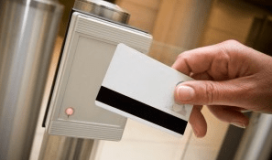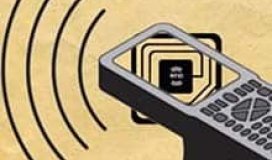In the field of textile, Radio Frequency Identification (RFID) is one of the most useful technological innovations that have several utilities. It is used in inventory control, manufacturing, distribution logistics, warehousing, supply chain management and automatic object tracking. A number of retailers and manufacturers including Wal-Mart, P & G, Tesco and CVS have implemented this technology & are availing huge benefits to enhance their effectiveness. RFID technology basically improves the potential benefits of supply chain management (SCM) by minimizing inventory loss, increasing speed of the processes and information accuracy.
One of the major usages is RFID tags on clothes that can be attached to or entrenched in a product. It consists of small chip where data is stored with an attached antenna that receives and responds to the radio frequency queries via an RFID transceiver. The tags carry electronic product code (EPC) along with the information regarding product like name, price, batch and year of manufacturing. These labels are generally printed or woven labels that store specific information electronically on a garment. RFID technology is used to track products in a similar manner as barcodes used for product identification. Indeed, RFID have extra benefits like it doesn’t require the line of sight for reading the tag can store large amount of data and has longer range.
Readers can communicate with multiple RFID tags on clothes at the same time. This feature help customers breeze through the store’s checkout counters as well as identifies different items in a shopping cart. RFID tags come in 2 categories: Active and passive tags. Active tags contain an internal power source & passive tags acquire the power from the signal of an external reader. Passive tags are more often used due to their compact size and lower price.
Another advantage of RFID tags on clothes is that large pieces of information can be added along the product’s inspection, journey-time, modification, etc. from the point of attachment to destination. Also, hundreds of these tags can be read via cartons & from the large distances in less time. Thus, investment in RFID ensures to deliver large efficacy and acuuracy.



